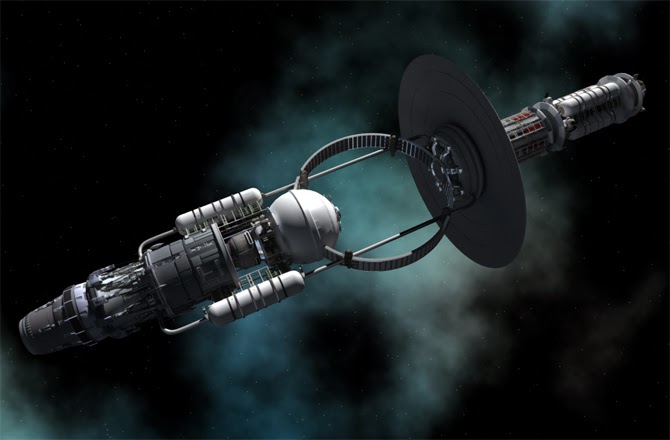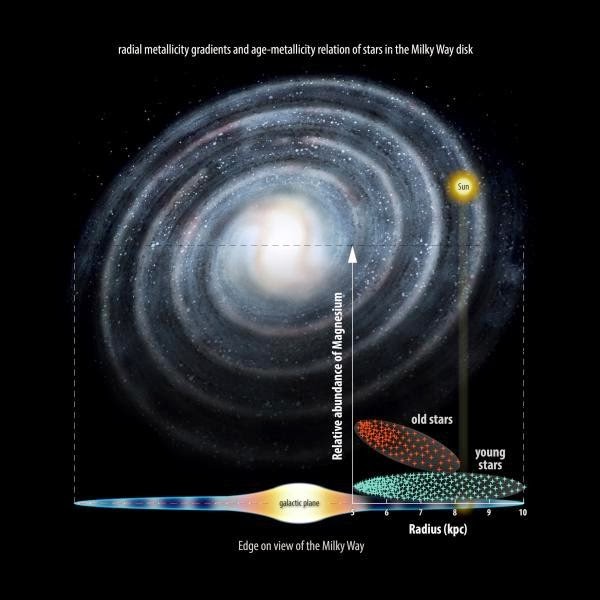My wife has 6 cats, I have them too only one or two at a time. The Egyptians held them in high regard. I keep them in kibbles, my fingerprints worn off from petting. God they love petting.
There is a secret language the cats have. Not between themselves, but with humans. They sit and watch, fixed eyes, transfixed stares and speak in gestures. I believe they can interpret the temple walls, sitting there taking it all in whole like a cameras shutter, then with a meow, a turn of the head agreeing, walking off to do as prescribed. Sounds funny but they sit by their empty bowls of kibbles and of water. They stare unblinking, wrinkling the corner of their eyes ever so slightly, then turning their head, you realize they have not really moved at all. They got you. I am so compelled to fill the bowls, to care for them, not forget them. The grip of compassion, the expressions of comfort, the hand extension and the expectation of feeling the softness of feline fur and hearing the affirming purrrrrr..........damn, they got me trained!
You can go now, I've got things to do and don't tell anyone I spoke to you, humans are such blabber mouths.


